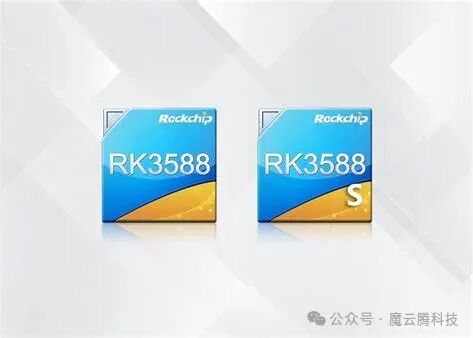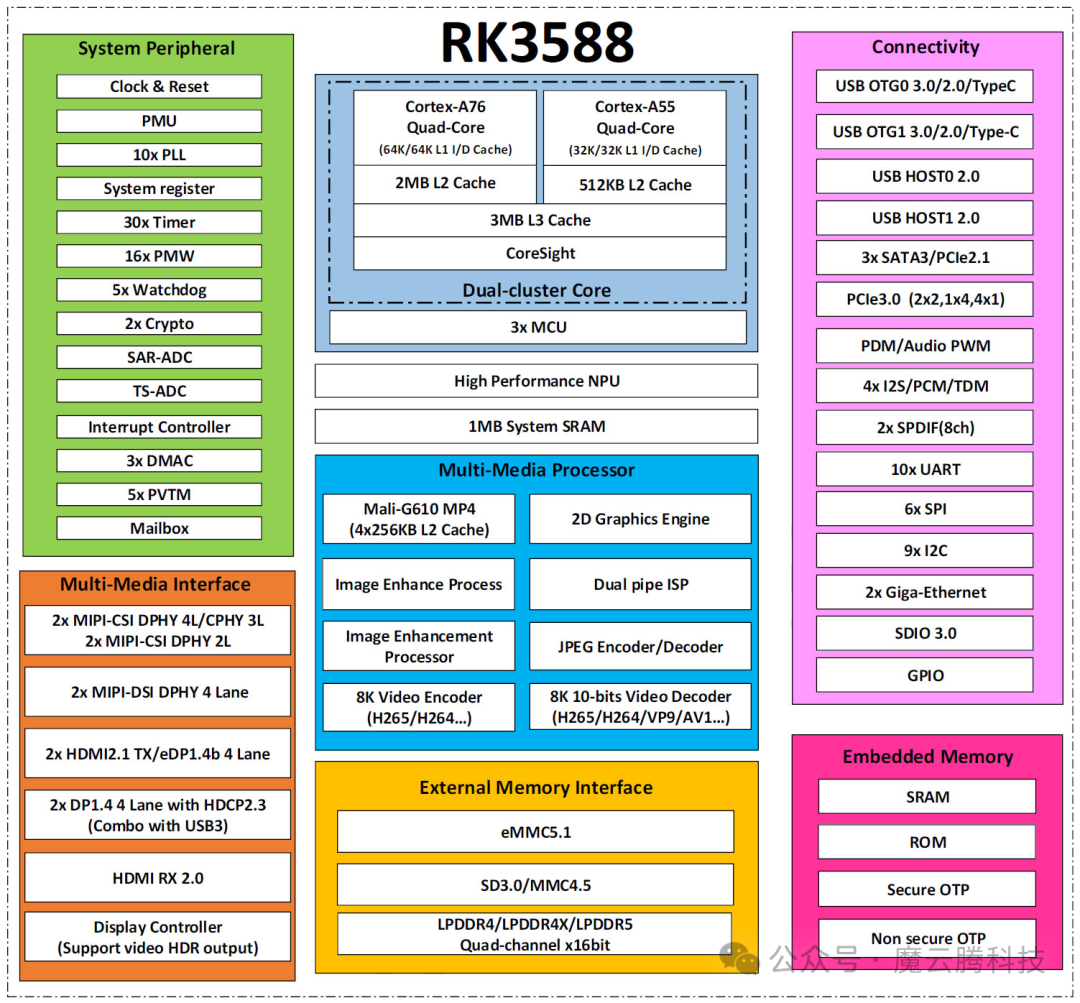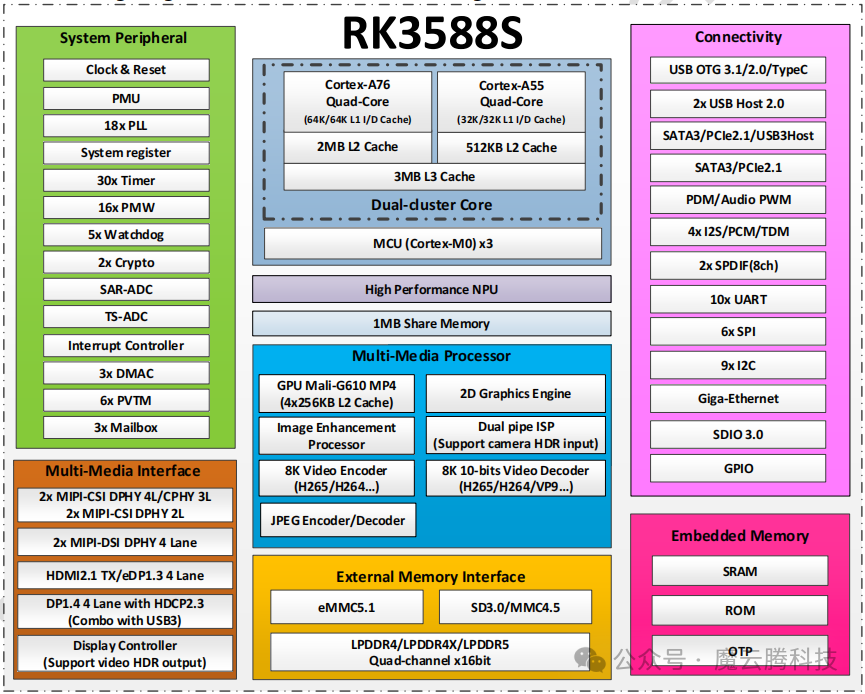RK3588 and RK3588S

Cost Price: Differences in Cost-Effectiveness
RK3588S, as an optimized version of RK3588, has advantages in cost control. If the project is cost-sensitive and does not require high-performance interfaces, RK3588S can meet basic needs with a more economical solution; while RK3588, with its more comprehensive configuration and richer interfaces, is suitable for scenarios with sufficient budget and a pursuit of high performance.
Functional Interfaces: Speed Affected by Channel Count
1. RK3588: Supports PCIe 3.0 x4. According to the specifications, PCIe 3.0 has a transmission rate of 8GT/s per channel, and under x4 mode, the throughput can reach 3.938GB/s. This means it can drive high-performance graphics cards, high-speed storage devices (such as NVMe SSDs), or high-bandwidth peripherals at high speed, making data transfer efficient and smooth, suitable for bandwidth-demanding scenarios such as video encoding/decoding servers and high-end industrial vision devices.
2. RK3588S: Uses PCIe 3.0 x1, with a single-channel throughput of 984.6MB/s. Although the rate is not as high as x4, it can still meet the needs of ordinary peripherals (such as some network cards and low-speed storage), making it suitable for applications that do not require high interface speeds and focus on cost, such as basic smart terminals and lightweight industrial control devices.
01

02

Conclusion
Should you choose RK3588 or RK3588S? If you pursue high performance and need to drive high-speed devices, and the budget allows, RK3588’s PCIe 3.0 x4 and other configurations have advantages; if you value cost and do not have high requirements for interface speed, RK3588S is the cost-effective choice. Weighing according to project needs will ensure optimal resource utilization!
END

Magic Cloud Technology